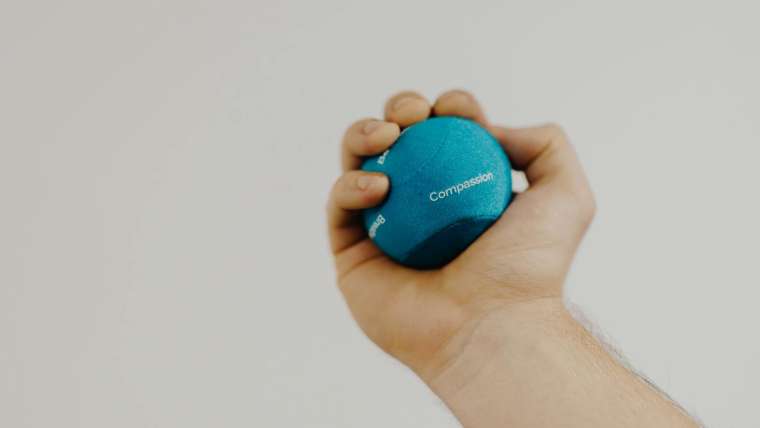Discover the secrets to eliminating itching and burning for good with the ultimate guide to treating yeast infections naturally.
Table of Contents
Yeast infections are a common fungal infection that many women will experience at some point in their lives. The itching, burning, and discomfort that come with a yeast infection can be frustrating and disruptive. However, with the right information and treatment, you can effectively manage and prevent yeast infections. In this guide, we will explore the causes, symptoms, treatment options, and prevention strategies for yeast infections.
Understanding Yeast Infections
Yeast infections, also known as vaginal candidiasis, are caused by an overgrowth of a type of fungus called Candida. The most common species of Candida that causes yeast infections is Candida albicans. These fungi normally live in the vagina in small numbers, but an overgrowth can lead to an infection.
Yeast infections are not considered sexually transmitted infections (STIs) because most women have Candida in their vagina without experiencing any symptoms. However, certain factors can disrupt the balance of microorganisms in the vagina and lead to an overgrowth of yeast, resulting in an infection.
Signs and Symptoms
The most common symptoms of a yeast infection include:
- Itching and irritation in the vagina and vulva
- Burning sensation, especially during urination or intercourse
- Redness and swelling of the vulva
- Thick, white, odorless vaginal discharge that resembles cottage cheese
- Rash or soreness in the vaginal area
If you experience any of these symptoms, it is essential to seek medical advice for proper diagnosis and treatment.
Treatment Options
Yeast infections can be effectively treated with over-the-counter (OTC) antifungal medications, such as clotrimazole or miconazole. These topical creams or suppositories are inserted into the vagina to relieve symptoms and clear the infection.
In some cases, your healthcare provider may prescribe an oral antifungal medication, such as fluconazole, to treat severe or recurrent yeast infections. It is important to follow the prescribed treatment regimen and complete the full course of medication to ensure the infection is completely cleared.
Prevention Strategies
While yeast infections are common and often recurrent, there are steps you can take to prevent them from occurring:
| Section | Topic |
|---|---|
| 1 | Understanding Yeast Infections |
| 2 | Causes of Yeast Infections |
| 3 | Symptoms of Yeast Infections |
| 4 | Treating Yeast Infections |
| 5 | Preventing Yeast Infections |
- Maintain good hygiene by keeping the vaginal area clean and dry
- Avoid using scented feminine products, douches, or harsh soaps
- Wear cotton underwear and avoid tight-fitting clothing
- Avoid douching or overwashing the vaginal area
- Manage underlying health conditions, such as diabetes, that may increase the risk of yeast infections
Conclusion
Yeast infections are a common and treatable condition that many women experience at some point. By understanding the causes, symptoms, treatment options, and prevention strategies for yeast infections, you can take control of your vaginal health and say goodbye to itching and burning. Remember to consult your healthcare provider if you have any concerns or persistent symptoms related to yeast infections.
FAQ
Question 1: Can men get yeast infections?
Answer 1: Yes, men can get yeast infections, but it is less common than in women. Yeast infections in men typically manifest as genital itching, redness, or discharge. Treatment options for male yeast infections are similar to those for women.
Question 2: Can I treat a yeast infection at home without medication?
Answer 2: While over-the-counter antifungal medications are commonly used to treat yeast infections, some home remedies like probiotics, tea tree oil, and yogurt may provide relief. However, it’s essential to consult with a healthcare provider before trying any home remedies.
Question 3: Can stress or diet affect yeast infections?
Answer 3: Stress and diet can impact your immune system and vaginal flora, increasing the risk of yeast infections. High-stress levels and diets high in sugar and refined carbohydrates can create an environment conducive to yeast overgrowth. Managing stress and maintaining a balanced diet can help prevent yeast infections.
Question 4: How long does it take for a yeast infection to clear up?
Answer 4: The duration of treatment for a yeast infection depends on the severity and type of medication used. Generally, mild yeast infections may clear up in a few days with proper treatment, while more severe cases may take up to two weeks. It’s essential to follow the prescribed treatment regimen for complete clearance.





